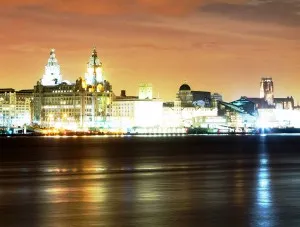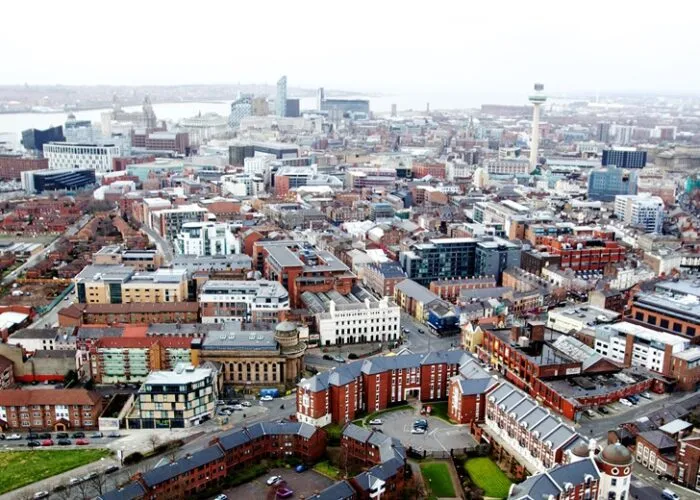
Plans to help save Liverpool’s UNESCO World Heritage Site status are being drawn by the council, ahead of a decision later this year which could result in the city losing its ranking.
A number of potential measures are being discussed, including legal guidelines to protect the site.
UNESCO has expressed repeated concerns about proposals to redevelop Liverpool’s north docks area and how they would “affect the character of the area”.
A council meeting was held on Friday to assess ways to continue to develop the city while still protecting its history and heritage.
Peel’s Liverpool Waters development project has been under discussion for more than 10 years, with designs being scaled back from the originals, but UNESCO has still voiced its disapproval of any construction which would materially change the city’s famous waterfront.
YouTube: Tom Swift
After the council cabinet prepares its report, it will be sent to Unesco for examination, where the organisation will determine if the plans are in keeping with the existing structures.
Liverpool City Council spokesperson, Mike Doran, said: “We got the world heritage status in 2004, and a report was released last year which showed that the actual sites were in better condition than they were before.
“There has been a whole host of buildings that have been upgraded. We don’t want to be the same city in 20 years’ time, and we think we can achieve that growth by putting in policies that enable us to grow, and at the same time maintain and preserve the heritage we’ve got.
“We’re not saying there would be a cap on the height of buildings, but rather where the buildings would be better placed. It’s not also always a question of height, but of the quality of the building’s design. As these are world heritage sites, they have to be an exemplar of architecture.”
Peel, which owns the land for the Liverpool Waters plan, has stated that it will be reviewing its plans for the £5.5 billion development.
So far, only Dresden in Germany has had its heritage status removed, having been deleted from the UNESCO list in 2009 following the construction of a four-lane bridge across the River Elbe.

